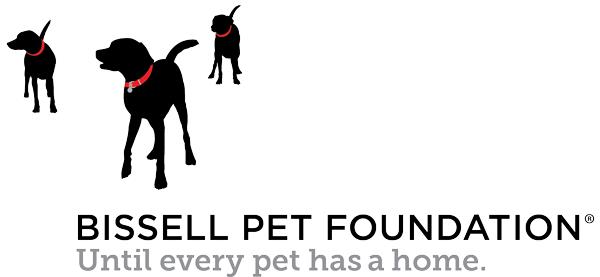Squirrels often depend on trees for places to bear and raise young, take shelter from the weather, find food and escape from predators. They use tree cavities and leaf nests as dens. When it's available, squirrels will also take liberal advantage of shelter provided by humans in attics and crawlspaces along the upper floor of buildings. Squirrels are only active during the day. When you observe damage, first make sure another animal is not causing it.
Squirrels feed mainly on plant material, which vary with geography and season. Acorns and other nuts are both eaten and stored underground in the fall and early winter, with the underground storage making up a substantial portion of the winter diet. In the spring and summer squirrels eat the flowers and growing buds on the terminal ends of branches and a variety of fruits.
Prevention is the key to dealing with squirrels. Because tree squirrels are extremely agile, they can access just about every square inch of your property and your home. The most serious squirrel-related problems usually develop when adult females enter a building to establish nests. In their search for a den site, they will explore all potential openings, and often enter chimneys or attics through unscreened vents or openings left by loose or rotting boards. Squirrels enter buildings somewhere high on the structure and will exploit an existing hole, sometimes enlarging it by gnawing.
Your first sign of a squirrel's presence is usually the sound of scampering in the attic or above the fireplace.
It is important to remember that these animals are only doing what is natural for them -- seeking a warm, dry place to stay, raising their young and search for food at a time of the year when shortages are critical and death is imminent. The first approach to dealing with squirrels is to establish limits of tolerance, accept them for what they are and be patient. If you must exclude them from an attic or prevent them from stealing bird food, do so in a way that does them and their young no harm.
You can use hand-sized, indoor-use motion detectors (usually combined with bright lights) and alarms to keep squirrels from entering attics and crawlspaces. With proper protection from the weather these are also options in some outdoor situations.
Repellents: Several commercial repellents are registered for use with squirrels. Some, such as products that contain Thiram, can be used to soak bulbs before planting. Others are intended to be sprayed on ornamental plants that squirrels are attacking. Ro-Pel® contains both a bittering agent and a penetrating agent to allow it to better absorb into plant tissue or other material. It works by imparting an extremely bitter taste to anything it contacts. Get-Away® uses extracts of oil of mustard and capsaicin as both an odor and taste repellent to discourage squirrels.
If a squirrel is trapped in your chimney, hang a ¾-inch or thicker rope down the chimney to provide a means of escape. Be sure to tie one end of the rope to the top of the chimney before lowering the other end, and make certain that it reaches the damper or smoke shelf. The squirrel will climb up the rope and escape, usually within a few (daylight) hours. After you are certain the squirrel has escaped, remove the rope and screen the chimney, preferably with a commercially made chimney cap. Do not try to smoke a squirrel out of a chimney; a trapped squirrel and her babies may be killed and would be difficult to remove.
If a squirrel is down in the fireplace (presumably behind the fireplace doors or screen), try tapping on the door and scaring them back up above the damper. If successful, close the damper and proceed as above. If the squirrel cannot or will not leave the fireplace, your next best option is to close any interior doors in the room and open an exterior door or window visible from the fireplace. Open the door to the fireplace and sit quietly. The squirrel will instinctively head for the light of the open door or window and go outside.
If you have an adult squirrel in your attic, attempt to frighten them outside by banging on the rafter inside the attic, or wait until you are sure all squirrels have left, as they usually do during the day.
Then seal up the opening with ¼- to ½-inch mesh hardware cloth or sheet metal flashing, securely fastened. Extend the metal patch at least six inches beyond the hole in all directions to prevent the squirrel from gnawing around the patch. Seal any other weak spots or potential entrances in the same way.
Watch closely to see if the squirrel persists in attempting to regain entry. Mothers will go to extreme lengths to reunite with their young and can cause extensive damage to houses when doing so. Usually when a mother squirrel feels threatened she will relocate her brood. Be sure to allow her extra time to move her babies before sealing openings permanently.
Protect fruit trees that are isolated from other trees by wrapping a two-foot band of sheet metal around the trunk about six feet off the ground. Branches growing below six feet may have to be trimmed. Covering planters with chicken wire allows plants to grow through, but blocks access to soil where squirrels can dig. Enclosing entire gardens with mesh wire may exclude other animals as well.





